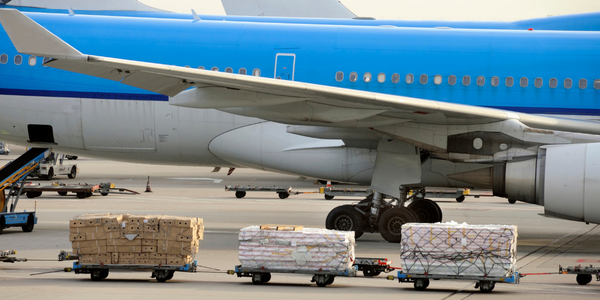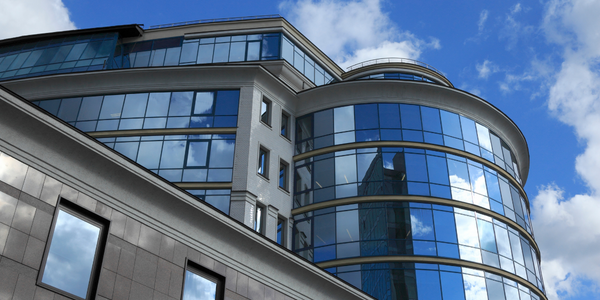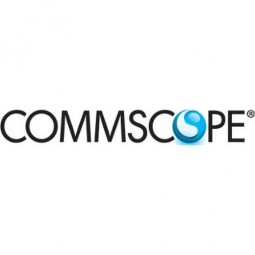
Technology Category
- Functional Applications - Warehouse Control Systems (WCS)
- Robots - Autonomous Guided Vehicles (AGV)
Applicable Industries
- Buildings
- Glass
Applicable Functions
- Logistics & Transportation
- Maintenance
Use Cases
- Inventory Management
- Picking, Sorting & Positioning
Services
- System Integration
The Customer
Asia Airfreight Terminal (AAT)
About The Customer
Asia Airfreight Terminal (AAT) is a leading cargo handling company based out of Hong Kong International Airport. The company handles cargo from the world’s leading airlines and prides itself on having state-of-the-art facilities and IT capabilities. Wi-Fi is mission-critical for AAT as they depend on it for the functioning of an automated Material Handling System (MHS) within the warehouse. The company also has separate networks for their office and CCTV cameras, which are managed by their data center. AAT was already running on equipment from a competing vendor and was in search of a Wi-Fi network configuration that could streamline their networks and reduce its network management workload.
The Challenge
Asia Airfreight Terminal (AAT), a leading cargo handling company based out of Hong Kong International Airport, was facing challenges with its Wi-Fi network, which was critical for the functioning of its automated Material Handling System (MHS) within the warehouse. Any interference or lost signals could directly impact their operational efficiency. AAT also had separate networks for their office and CCTV cameras, which made the job of their data center challenging. The company was in search of a Wi-Fi network configuration that could streamline their networks and reduce its network management workload. AAT was already running on equipment from a competing vendor, and the new solution needed to prove its worth in scalability and reliability.
The Solution
AAT found the solution to their challenges with CommScope and its RUCKUS family of solutions. CommScope set up a six-month proof of concept (POC) using three RUCKUS T310 outdoor access points (APs) with Mesh technology. The Mesh technology offered a reliable configuration that overcame the cabling difficulties for the environment. Network traffic within a Mesh travels through wireless links to other APs until it reaches one directly connected to the wired network. This setup minimized interference and noise while optimizing network performance. Following the success of the POC, AAT deployed RUCKUS indoor and outdoor APs for their MHS. CommScope also demonstrated its capabilities in other networking areas, such as the office network and the CCTV system. They installed RUCKUS ICX 7150 switches to handle the office network traffic and showed that the current Wi-Fi Mesh configuration could handle CCTV system real-time feed without challenges.
Operational Impact
Quantitative Benefit

Case Study missing?
Start adding your own!
Register with your work email and create a new case study profile for your business.
Related Case Studies.

Case Study
Energy Saving & Power Monitoring System
Recently a university in Taiwan was experiencing dramatic power usage increases due to its growing number of campus buildings and students. Aiming to analyze their power consumption and increase their power efficiency across 52 buildings, the university wanted to build a power management system utilizing web-based hardware and software. With these goals in mind, they contacted Advantech to help them develop their system and provide them with the means to save energy in the years to come.

Case Study
Intelligent Building Automation System and Energy Saving Solution
One of the most difficult problems facing the world is conserving energy in buildings. However, it is not easy to have a cost-effective solution to reduce energy usage in a building. One solution for saving energy is to implement an intelligent building automation system (BAS) which can be controlled according to its schedule. In Indonesia a large university with a five floor building and 22 classrooms wanted to save the amount of energy being used.

Case Study
Powering Smart Home Automation solutions with IoT for Energy conservation
Many industry leaders that offer Smart Energy Management products & solutions face challenges including:How to build a scalable platform that can automatically scale-up to on-board ‘n’ number of Smart home devicesData security, solution availability, and reliability are the other critical factors to deal withHow to create a robust common IoT platform that handles any kind of smart devicesHow to enable data management capabilities that would help in intelligent decision-making

Case Study
Protecting a Stadium from Hazardous Materials Using IoT2cell's Mobility Platform
There was a need for higher security at the AT&T Stadium during the NFL draft. There was a need to ensure that nuclear radiation material was not smuggled inside the stadium. Hazmat materials could often be missed in a standard checkpoint when gaining entry into a stadium.

Case Study
Commercial Building Automation Boosts Energy Efficiency
One of the challenges to building automation is the multitude of non-interoperable communications protocols that have evolved over the years. Buildings have several islands of automation. Bridging the islands of different automation without losing the considerable investment in each specialized control network is the main focus in this solution.








